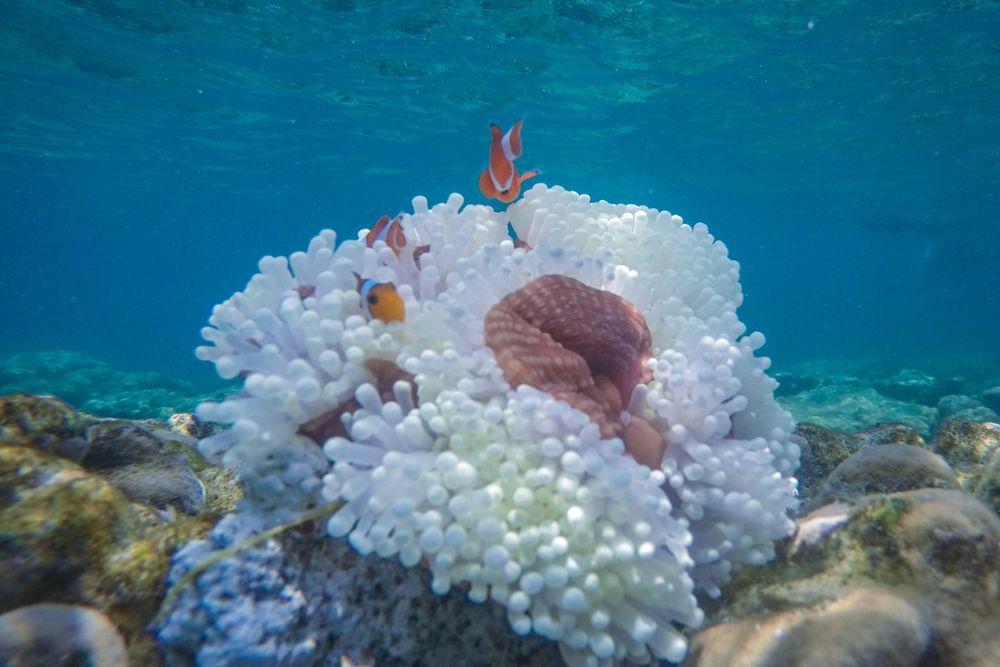In French Polynesia, in the Tatakoto Atoll in the TuoMotu archipelago, scientists have made a discovery that turns on new hope at a time when climate changes seriously threaten coral reefs. In a stretch of ocean considered inhospitable for the survival of corals, they identified organisms capable of resisting very high sea temperatures
A discovery that gives hope in French Polynesia
In the crystal clear waters of the Atoll of Erectin the Archipelago of TuoMotu, in French Polynesia, a group of scientists made a discovery that could change the fate of coral reefs around the world.
The mission “1 Ocean”supported by CNRS French and UNESCO, brought together scientists and researchers to study how some corals manage to survive in extreme environmental conditions. Since 2021, the biologist Marina Laetitia Hédouin and the diving photographer Alexis Rosenfeld have documented the extraordinary resilience of these corals, observing how they managed to thrive despite the intense heat and extreme fluctuations of the water temperature.

Corals in a hot sea like a closed lagoon
The environment in which they were discovered is very particular. The stretch of sea around Tatakoto resembles a closed lagoon, without the normal flow and reflux movements that characterize other barriers. The water stagnates and warm easily, often exceeding 30 degrees centigrade. In these conditions, which elsewhere would cause the rapid bleaching of the corals, here the colonies not only survive, but also appear in good health.
The bleaching of corals: an increasingly serious phenomenon
In recent decades, the phenomenon of whitening has become increasingly serious, direct consequence of the increase in ocean temperatures and the acidification of the waters linked to climate change. The discovery of Tatakoto’s super-coralets therefore represents extraordinary news. However, it remains to be understood whether this survival capacity is the result of a genetic adaptation or particular environmental conditions.
To answer this crucial question, the researchers took some cuttings from Tatakoto and transplanted them to the archipelago of Mooreacharacterized by more waters “Normal”.
If they can also survive in this new habitat, it will be the confirmation that they have developed a genetic resistance to high temperatures. A result that could open the way for a real “Reflorestation” coral reefs with corals more resistant to global warming.

